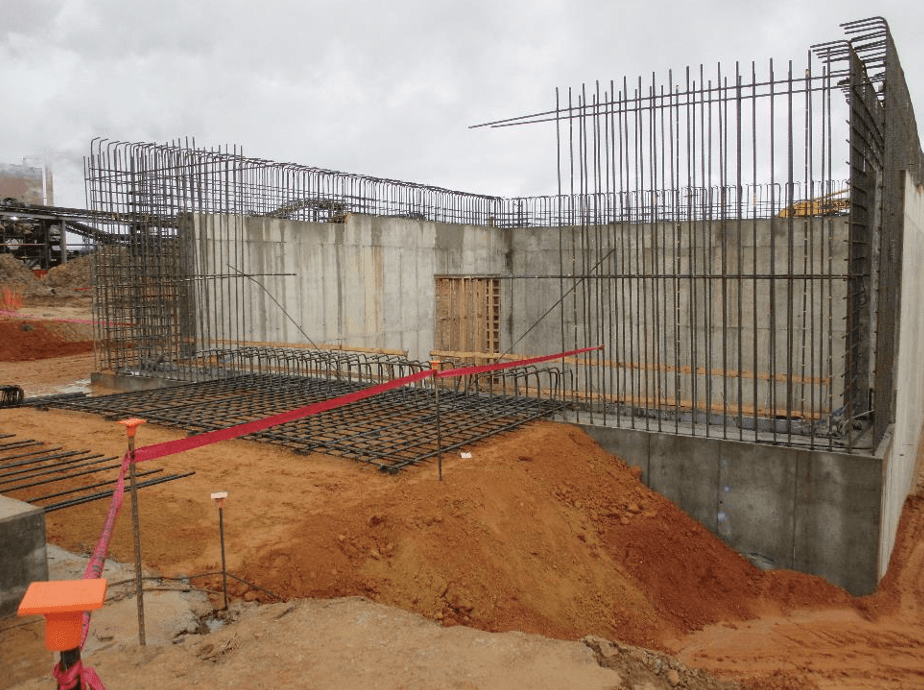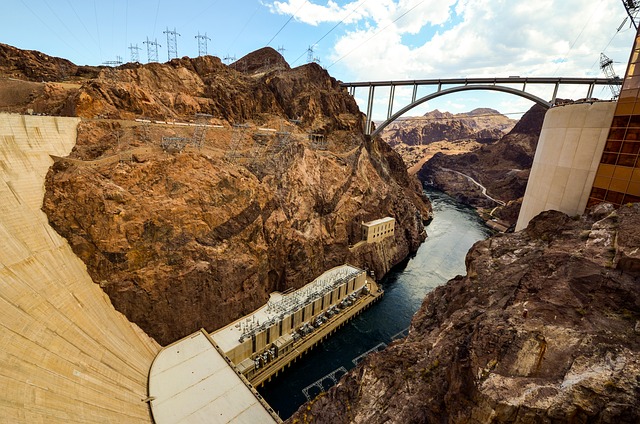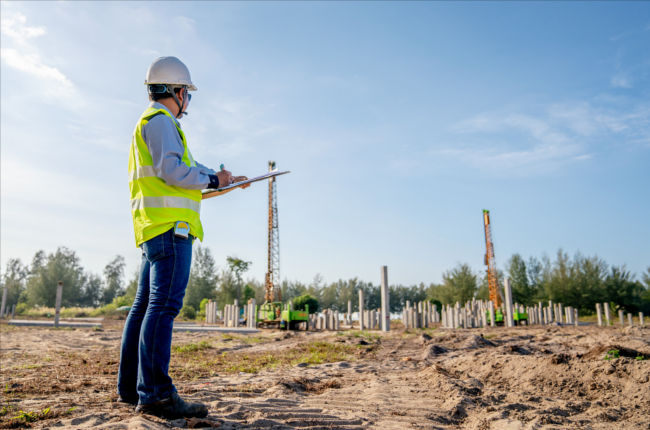Civil Geotechnical Engineering Solutions for Commercial and Residential Projects
Civil Geotechnical Engineering Solutions for Commercial and Residential Projects
Blog Article
How Consulting Engineers Enhance Geotechnical Design Projects: Insights Into Their Competence, Approaches, and Collaborative Approaches
Consulting engineers are essential in boosting geotechnical design projects, using their specialized understanding to browse the complexities of subsurface problems. Their approaches encompass a series of site examination strategies, including Criterion Penetration Examinations (SPT) and Cone Infiltration Tests (CPT), which notify vital decisions throughout the design and building and construction phases. In addition, their collaborative approaches foster interaction among varied project stakeholders, eventually shaping the job's trajectory. As we take a look at the multifaceted functions these specialists play, it ends up being clear that their payments prolong beyond technical competence, motivating a better check out the implications for job success.
Role of Consulting Engineers
The experience of consulting designers in geotechnical design is essential to the effective execution of building jobs. These specialists play a pivotal function in examining soil and rock buildings, which are crucial elements influencing style and building choices. By performing comprehensive site investigations, speaking with engineers gather vital information that educates the layout procedure, making sure jobs are improved stable and ideal ground.
Consulting designers additionally give invaluable understandings right into threat monitoring (geotechnical geologist). They recognize possible geotechnical dangers, such as landslides, dirt liquefaction, and settlement issues, enabling stakeholders to execute effective reduction approaches. Their expertise help in enhancing foundation styles, which can result in significant price financial savings and improved safety
Furthermore, seeking advice from engineers offer as a crucial link in between task proprietors, designers, and professionals. Their capacity to equate complex geotechnical information into actionable referrals promotes collaboration and promotes notified decision-making throughout the task lifecycle. This multidisciplinary strategy not just improves project effectiveness but additionally guarantees conformity with regulative standards and finest practices.
Trick Methodologies in Geotechnical Design

One primary approach is site investigation, which entails carrying out area examinations and lab evaluations to collect data on subsurface problems. Strategies such as Requirement Infiltration Screening (SPT) and Cone Infiltration Screening (CPT) are extensively made use of to examine soil stratigraphy and strength. Additionally, geophysical techniques, consisting of seismic and electrical resistivity surveys, provide non-invasive means to assess subsurface features.
One more vital method is mathematical modeling, which allows engineers to mimic various circumstances and predict just how soil-structure communications will certainly act under different loading conditions. Limited Component Evaluation (FEA) is a common technique utilized in this context.
In addition, the style of foundations, keeping frameworks, and earthworks depends greatly on these approaches - geotechnical geologist. By incorporating advanced logical devices with field data, consulting designers can create customized remedies that attend to particular project obstacles, eventually adding to the stability and security of construction tasks
Value of Soil Evaluation
Dirt analysis offers as a foundational aspect in geotechnical design, supplying essential understandings into the physical and chemical residential properties of soil needed for effective building preparation. Understanding soil characteristics is vital for determining its load-bearing capability, water drainage behavior, and capacity for negotiation or instability. Thorough dirt investigations, including sampling and research laboratory testing, help recognize specifications such as dirt kind, moisture material, thickness, and shear strength.
These analyses notify the option of appropriate building strategies and products, inevitably influencing project security and long life. As an example, cohesive soils may call for different structure designs compared to granular soils, requiring customized design services. Moreover, dirt analysis aids in identifying contaminants that could position dangers to human health and wellness or the atmosphere, permitting the growth of reduction approaches.
Integrating soil analysis into the onset of job development helps to reduce unanticipated difficulties, guaranteeing that designers can prepare for and attend to prospective issues before they escalate. By developing a detailed understanding of the site conditions, consulting designers can enhance style effectiveness and decrease prices, consequently improving the overall success of geotechnical design projects.
Collaborative Approaches in Tasks
Successful geotechnical projects typically depend upon collective approaches that unite diverse expertise from different self-controls. Efficient partnership among getting in touch with engineers, rock hounds, environmental researchers, and construction professionals is crucial for attending to complex difficulties and optimizing job informative post outcomes. By leveraging the special Visit Website abilities and knowledge of each group member, projects can take advantage of an all natural understanding of the site problems, regulatory requirements, and design restraints.
Routine interaction and interdisciplinary meetings facilitate the sharing of insights and promote a society of teamwork. These collective initiatives enable the recognition of prospective threats early in the project lifecycle, permitting prompt reduction strategies. Furthermore, integrating responses from stakeholders, including local neighborhoods and governing firms, ensures that all point of views are thought about, boosting project acceptance and compliance.
In addition, the integration of advanced technologies, such as Geographic Information Systems (GIS) and Building Information Modeling (BIM), additional improves partnership. These devices enable the real-time sharing of data and visualization of geotechnical conditions, promoting informed decision-making. Ultimately, a collaborative method not only improves project execution yet additionally lays the structure for cutting-edge remedies to intricate geotechnical design difficulties.
Influence On Project Outcomes

Consulting designers employ innovative approaches such as threat assessment and anticipating modeling, which improve the accuracy of project projections. Their ability to incorporate innovative technologies, like geotechnical instrumentation and information analytics, better fine-tunes the layout and building processes. Consequently, tasks experience improved effectiveness, minimized costs, and reduced hold-ups.
Furthermore, fostering efficient interaction and cooperation among staff member boosts analytic abilities. When challenges develop, a united front enables quick recognition of remedies, preventing possible setbacks. Ultimately, the collective efforts of speaking with engineers contribute to higher top quality results, making certain that tasks fulfill both regulatory standards and client assumptions.
Conclusion

Report this page